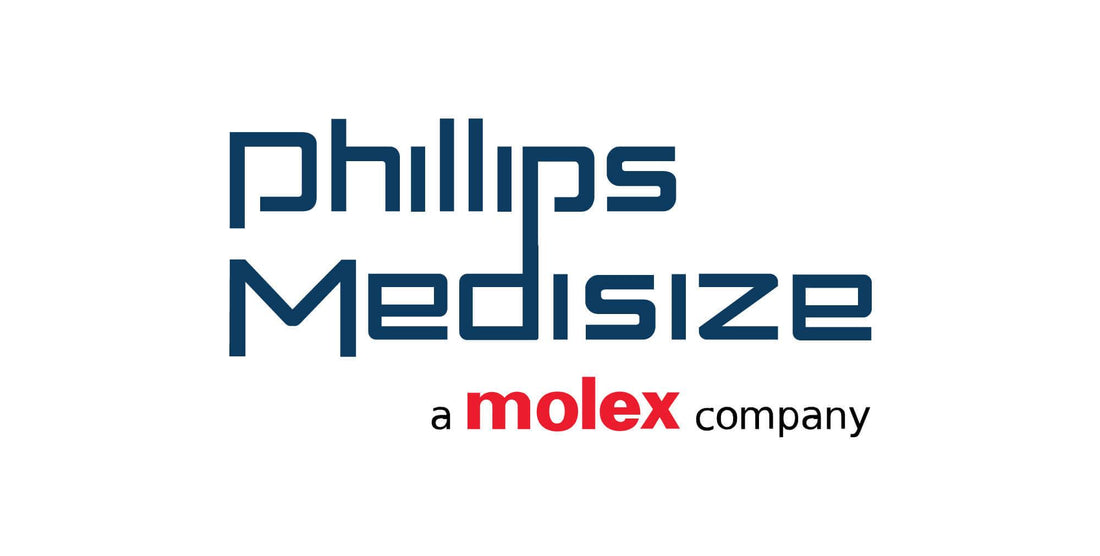
80% reduction in manual disinfection thanks to blue light - case Phillips-Medisize
Share
Phillips-Medisize (part of Molex group) is a global CDMO company providing design and manufacturing services for pharma, diagnostics and med tech companies among others. Their customer include several of the world's largest pharma / medical device companies.
A practical test with Spectral Blue devices was arranged in one of their locations in Finland, at a facility specializing in the manufacture of plastic parts for medical devices. The facility has ISO-8 class cleanroom production, where they also monitor and control microbial contamination following GMP guidelines where applicable.
The purpose of the test was to evaluate the effectiveness of Spectral Blue in their cleanroom environment: Would using Spectral Blue allow reducing the amount of manual chemical disinfection and still keep the premises clean?

Illustration: The ISO 8-class material airlock used in the test. Personnel and material airlocks are good areas for implementing blue light disinfection, as they are unoccupied for the most part of the day and as they are considered to be common risk areas for microbial contamination in cleanroom environments.
Test setup and data collection
An ISO-8 class material airlock was selected as the test site. The total microbe counts in the room air and on its surfaces are constantly measured and controlled as part of Phillips-Medisize’s quality assurance system.
- The room would normally be manually cleaned and disinfected every working day, from Monday to Friday (five times per week).
- The room was equipped with four Spectral Blue L100 disinfection devices, installed in the ceiling. The disinfection devices were connected to a motion detector, which turned blue light on whenever the room was unoccupied (70-80% of the time, including nights and weekends).
- With the devices in place, daily manual disinfection was reduced from five times per week to once per week: Mondays only.
- Microbe counts (CFU / dm2) before the installation would be compared to the situation after the installation. The “before” data was collected from two weeks, one week in October and another in November 2022. The “after” data was collected during four weeks in November-December 2022.
- The test caused no extra work or risks for Phillips-Medisize; as part of their normal quality assurance practices, the microbe counts are regularly checked and the amount of manual disinfection is decided based on the measured bioburden.
Results
After blue lights were installed and manual cleaning and disinfection was reduced to once per week, the surface microbe counts remained low. A slight increase was observed in the beginning, but microbe levels stayed well below limits. The slight increase observed in the beginning also leveled out towards the end of the measuring period.
Based on the findings, Phillips-Medisize concluded that the use of Spectral Blue does indeed allow reducing manual disinfection rounds while keeping the premises clean. Spectral Blue would thus provide considerable cost savings and increase the sustainability of their operations through the reduced use of chemical disinfectants.
“We are satisfied with the result and we intend to expand the use of the Spectral Blue solution more widely in our similar facilities. Automation brings cost savings and makes disinfection consistent and continuous", says Phillips-Medisize's head of production support operations.
